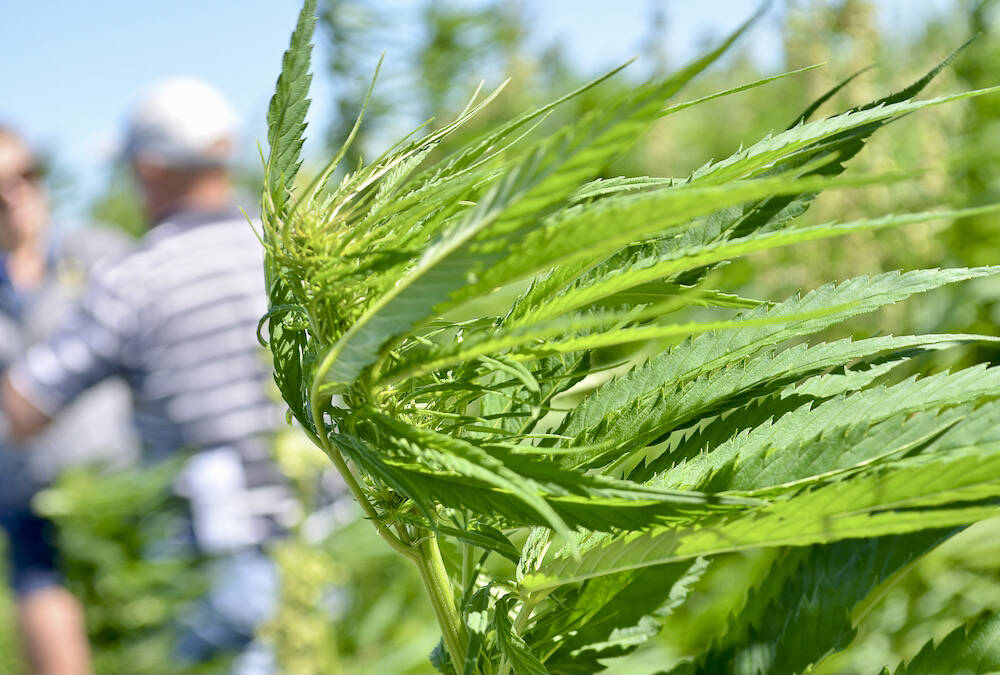All was going well for canola early in the week of Nov. 14, with the oilseed continuing on its path to recovery. Then things were shaken by speculative funds.
Although those funds drove canola prices lower over much of the last month, managed money was also responsible for bringing things largely back to where they had been.
The huge short the funds built in October was significantly reduced when they became skittish, but as confidence returned, canola prices increased. As in October, the funds accumulated a record short position so far this month.
Read Also

Canadian hemp stable, but stuck on growth
Canada’s hemp industry hopes hybrid varieties, better yields, clearer regulations and new markets can help the crop break past its ceiling and get Canadian farmers planting more hemp acres.
Then the proverbial wheels came off the cart Nov. 16. The funds launched a massive selloff that shook the futures and equities markets, and down went canola. There was little choice for the oilseed as the Chicago soy complex took a pretty good hit when crude oil prices plummeted.
More pressure came from moderate declines in European rapeseed and Malaysian palm oil.
That said, global oilseeds markets are ultimately dependent on weather. Forecasts for rain in Argentina and Brazil played a role in pulling down oilseed prices. Argentina has been plagued by a severe drought and a sheer lack of subsoil moisture in central and northern Brazil has greatly slowed soybean seeding progress. Those supportive factors were dashed with the prospect of much-needed precipitation.
Southern Brazil doesn’t need rain. Soybean seeding plodded along due to excessive moisture that kept farmers out of the fields. Nevertheless, if South America is going to produce the projected record soybean crop of around 160 million tonnes, the continent needs rain.
That need isn’t limited to crops. Waterways also need it. The massive Amazon River is at a point where low levels have hampered traffic on it.
In Central America, the Panama Canal has imposed limits on how much vessels transiting the system can carry, as the freshwater lakes that are part of that global shipping highway are at critically low levels.
The number of ships going through the canal has also been reduced, with priority given to those carrying crude oil. While still important, grain vessels are ranked third in precedence, meaning longer wait times.
Some vessels loaded with corn or soybeans out of the Brazil have taken a different route, avoiding the Panama Canal. They head to the southern tip of Africa and then ply the waters of the Indian Ocean. It is further, but more can be carried.
Such conditions are ripe for price increases. What affects soybeans eventually affects canola. Less rain, bigger prices; more rain, smaller prices.
















